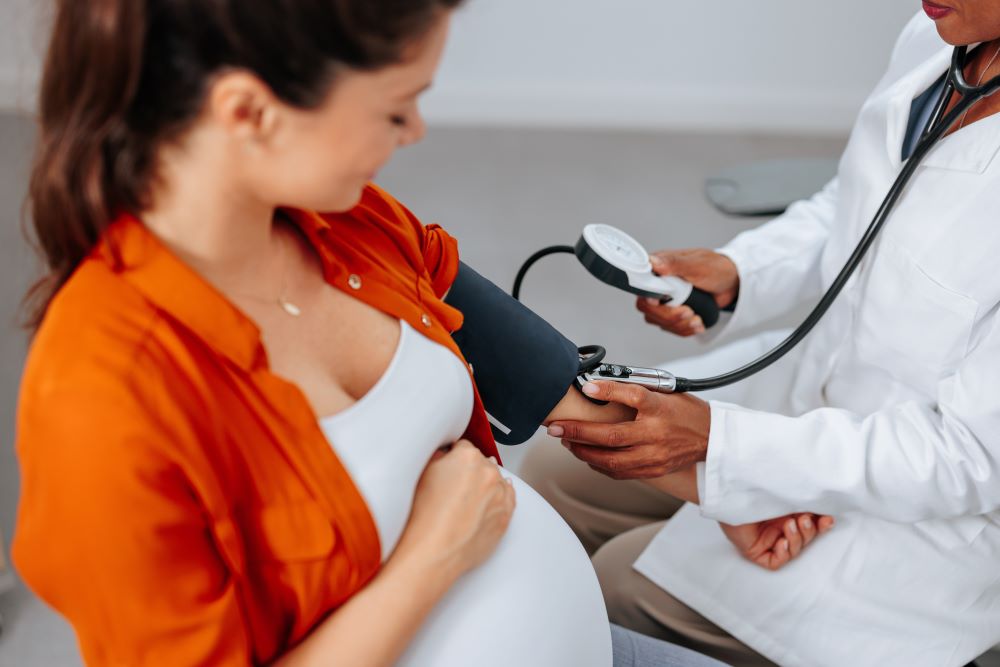
In early March, I had the privilege of presenting an update on hypertensive disorders of pregnancy (HDP) at Northside Hospital Heart Institute's Heart of the Matter conference. This article provides an overview of the key takeaways.
HDP complicates approximately 10% to 15% of pregnancies, is the most common reason for postpartum hospitalization and is responsible for 16% of maternal deaths globally. Potential adverse consequences of maternal hypertension — defined as a systolic blood pressure (SBP) of 140 mm Hg or higher and/or diastolic blood pressure (DBP) of 90 mm Hg or higher — include placental abruption, eclampsia, preterm birth, small for gestational age and maternal stroke.
Labetalol, extended-release nifedipine, methyldopa and hydralazine comprise first-line antihypertensive options for non-severe hypertension.
Severe hypertension during pregnancy, defined as an SBP of 160 mm Hg or higher and/or a DBP of 110 mm Hg or higher or severe preeclampsia (hypertension with end-organ involvement), is an emergency requiring urgent control. Management of preeclampsia includes rigorous monitoring, administration of antihypertensives, seizure prophylaxis with magnesium and coordination of delivery timing.
Blood pressure is highest five to 10 days postpartum due to intravenous fluid administration, and fluid mobilization continues after delivery. Therefore, it is essential to monitor blood pressure closely during the peripartum period. HDP is associated with long-term risk of various cardiovascular diseases — such as coronary artery disease, heart failure and ischemic heart disease — and close postpartum screening — including a yearly blood pressure check and regular lipid panel and diabetes testing — is warranted.
Learn more about Northside Hospital Heart Institute.

